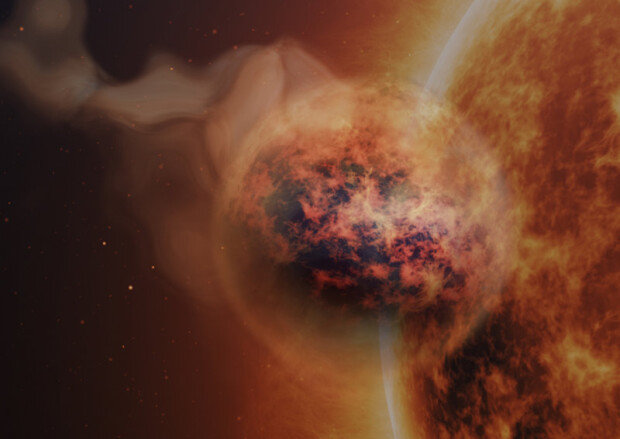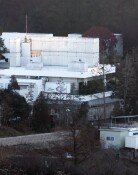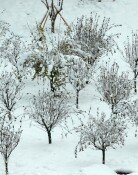James Webb Telescope confirms clouds on exoplanet
James Webb Telescope confirms clouds on exoplanet
Posted November. 17, 2023 08:13,
Updated November. 17, 2023 08:13

Scientists have identified clouds on an exoplanet situated 200 light-years from Earth for the first time. These clouds are composed of water vapor and sulfur dioxide.
A team of European astronomers, led by Professor Leen Decin of Katholieke Universiteit Leuven in Belgium, published a paper in the journal Nature. Observations were conducted using the James Webb Space Telescope's Mid-Infrared Instrument (MIRI) to detail the atmospheric composition of the exoplanet WASP-107b. While there has been speculation about the existence of clouds on exoplanets, this is the first time they have been identified, revealing their composition.
Researchers found water vapor, sulfur dioxide (commonly used in matches), and even silicate, a sand ingredient, reside within the exoplanet's clouds. Based on this discovery, researchers suggest that the smell released when you light a match could be present.
The size of WASP-107b is as large as Jupiter, but it has the mass of Neptune, making it a lightweight planet for its size. The researchers analyzed the planet's atmosphere and found that it circulates sand in both solid and gaseous states, similar to the way water circulates on Earth.
The main goal of the James Webb Space Telescope, launched by the National Aeronautics and Space Administration (NASA) in 2021, is to analyze the atmospheres of distant planets to indirectly determine their potential to support life. Given its near-1,000-degree climate and lack of a solid landmass, the researchers concluded that it is not a suitable planet for life.
jwchoi@donga.com







